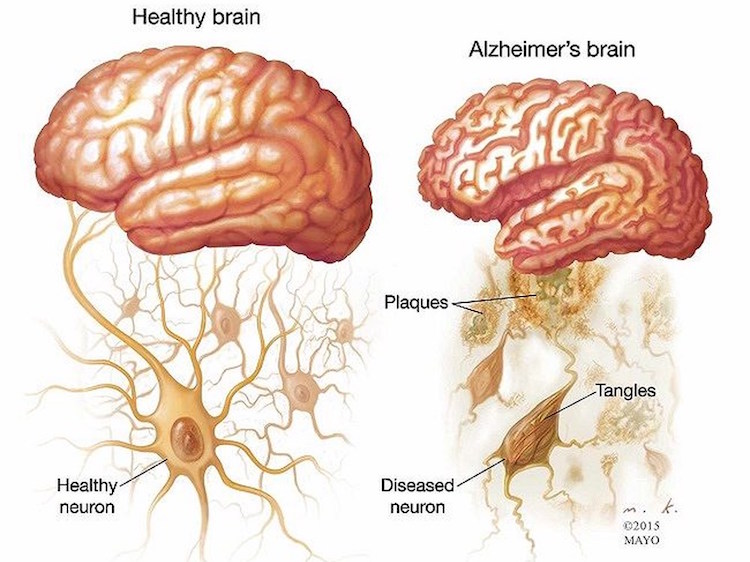- Physicists can now control an elusive sound particle called phonon.
- It can be used in prototype quantum computers to store and process data.
- Using phonons in quantum computers could have several computing advantages over photons.
In condensed-matter physics, a phonon is a unit of vibrational energy which arises from atoms oscillating in a crystal. These vibrating atoms create thermal energy. The greater the vibration, the higher the thermal energy.
Electrons and phonons are two major types of excitations (or elementary particles) in solids. While electrons control electrical properties, phonons are responsible for things like speed of sound within a material and amount of heat the material absorbs to change its temperature.
In layman’s terms, phonons are the smallest units of the vibrations energy that makes up sound waves. Just like photons are light particles, phonons can be considered as sound particles. Both are not matter, but excitations of ‘fields’.
Until recently, physicists haven’t been able to control this elusive particle. The individual particles get destroyed as soon as they are detected. Scientists have already tried to convert phonons into electricity using quantum circuits known as superconducting bits.
Such quantum circuits absorb energy in certain amounts. Although these circuits destroy the phonon while detecting it, they provide an energy reading of the presence of a phonon.
Now, researchers at the University of Colorado and National Institute of Standards and Technology have configured the energy units of superconducting qubit so that phonons do not get destroyed while the detection process.
They have created a unique material to form an electric field in response to vibrations. This helps phonons speed up the current within the circuit and allows researchers to measure the change in current caused by individual phonons.
How Is It Useful?
Typically, photons are used in prototype quantum computers to store data. Scientists are currently trying to efficiently utilize quantum effects in order to achieve exceptional processing power.
Reference: Physical Review X | DOI:10.1103/PhysRevX.9.021056 | Scientific American
Using phonons in quantum computers could have several advantages over photons. However, it would require controlling sound particles on very minute scales.
In this study, researchers leveraged the fact that sound travels at a much slower speed than light. They coordinated the interactions between circuit-phonons, speeding up the current.

They then used two acoustic mirrors that reflect sound to trap phonons of specific wavelengths (known as modes). Since sound took a relatively long time to make one round trip between these mirrors, it enabled far more accurate coordination.
The mirrors were placed only a few micrometers apart. Similar manipulation of photons would require such mirrors separated by over 11 meters.
Moreover, researchers were able to detect phonons of more than one mode. The processing capability of a quantum computer increases with the number of qubits. However, just one qubit with multiple modes could deliver the same result.
Read: How Loud Sound Can Get Underwater?
There is still a long way to go. In order to realize such quantum computers, physicists must come up with a technique that can keep phonon alive for a longer duration (currently, they can hold it for 600 nanoseconds). Overall, the findings could open up new avenues for the development of quantum computing.


